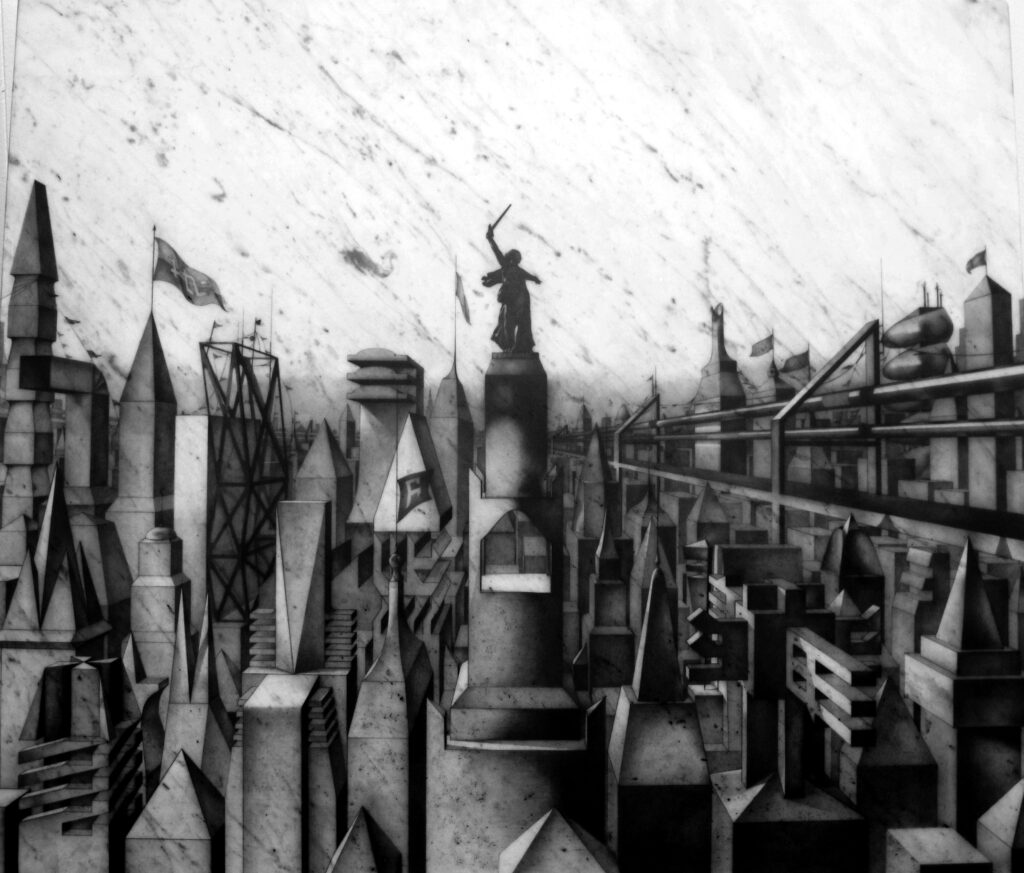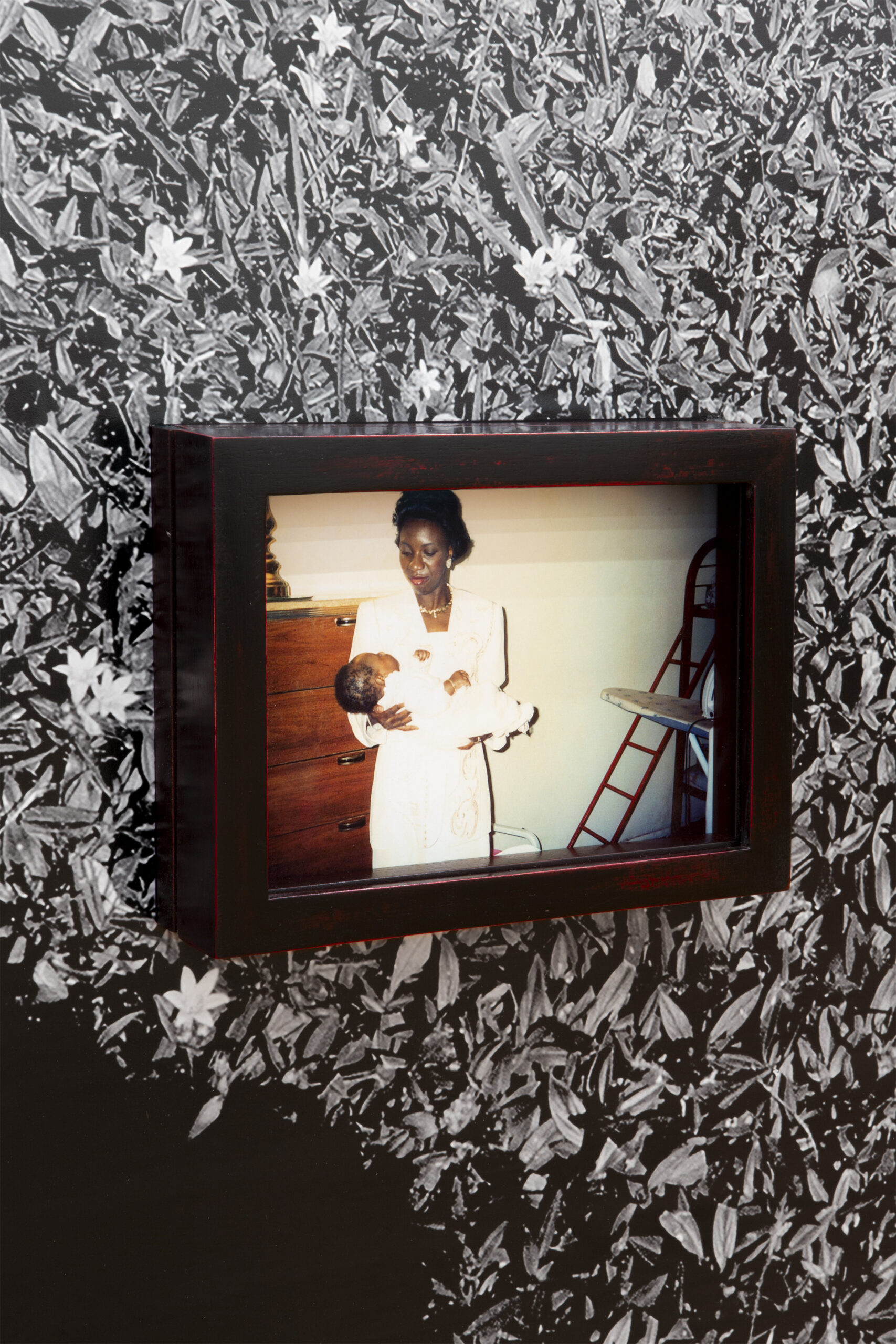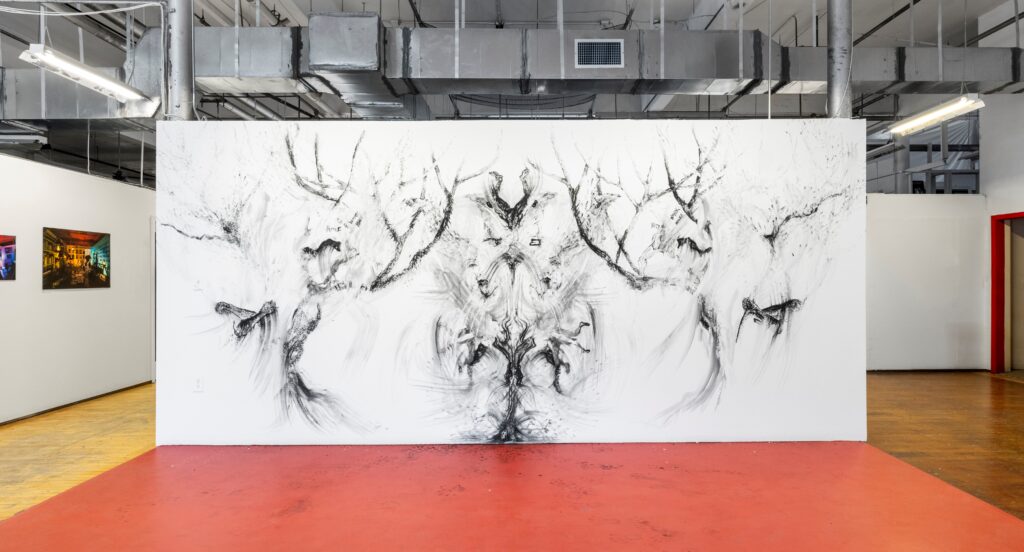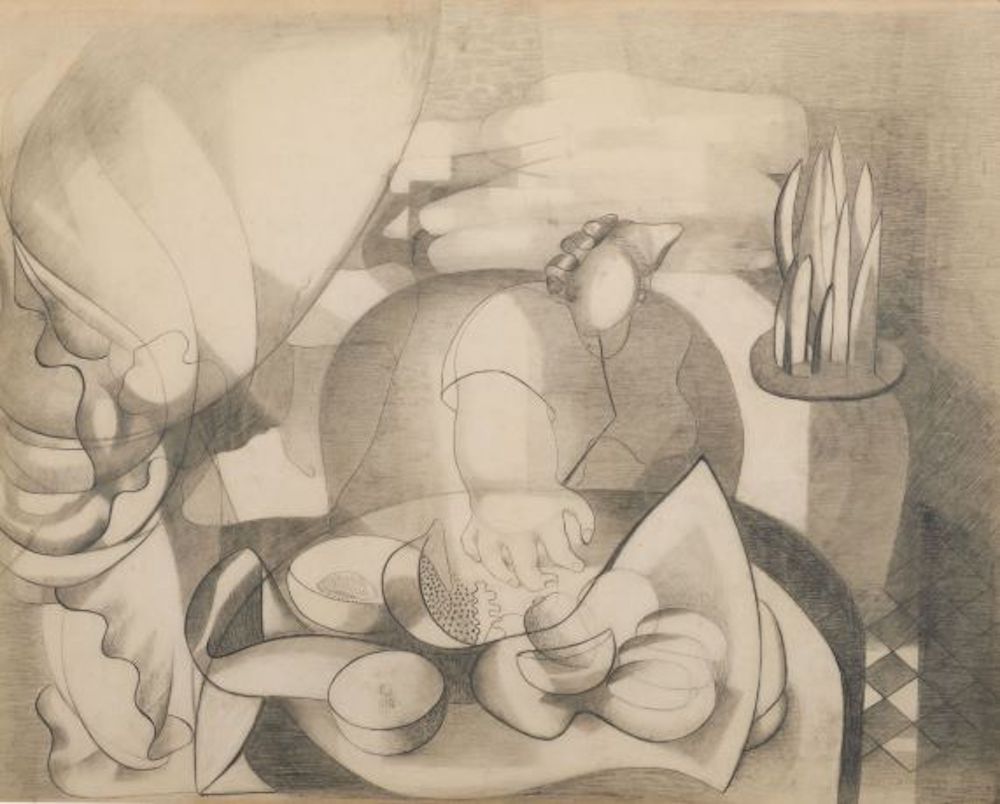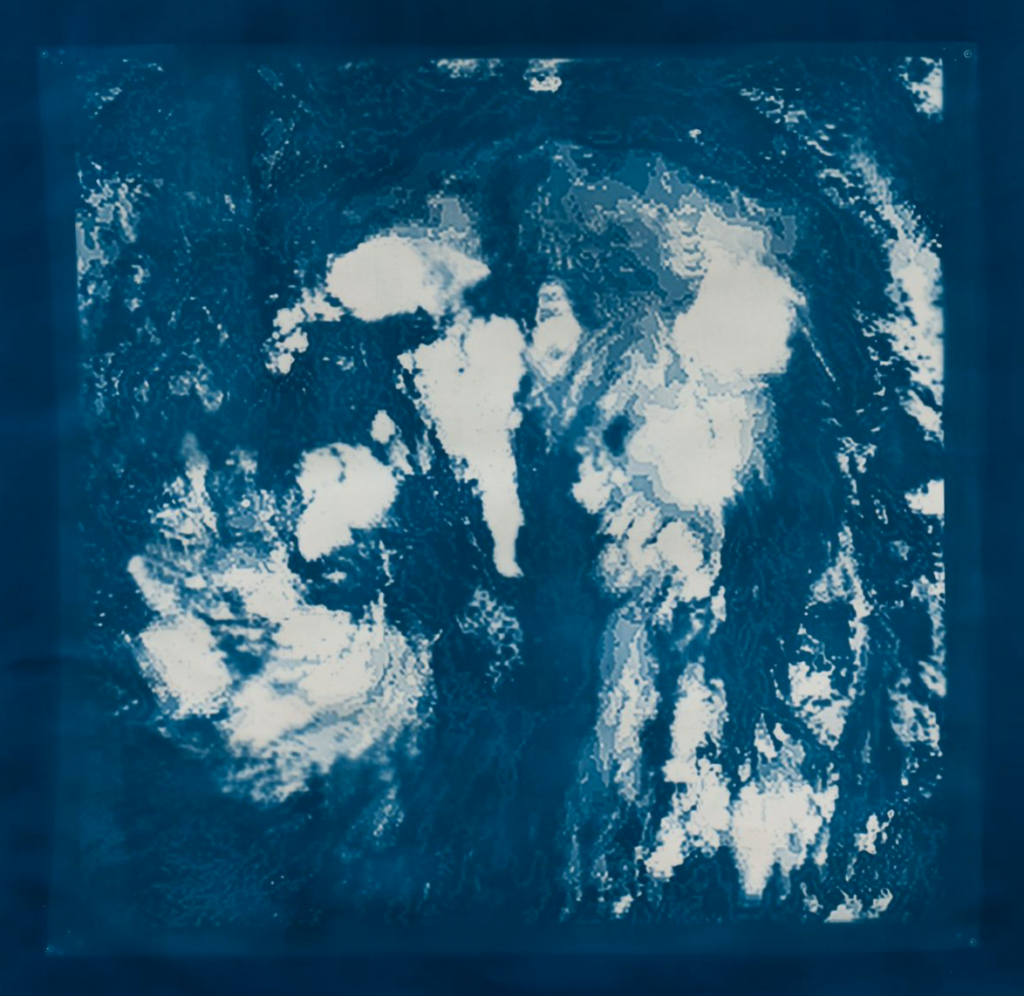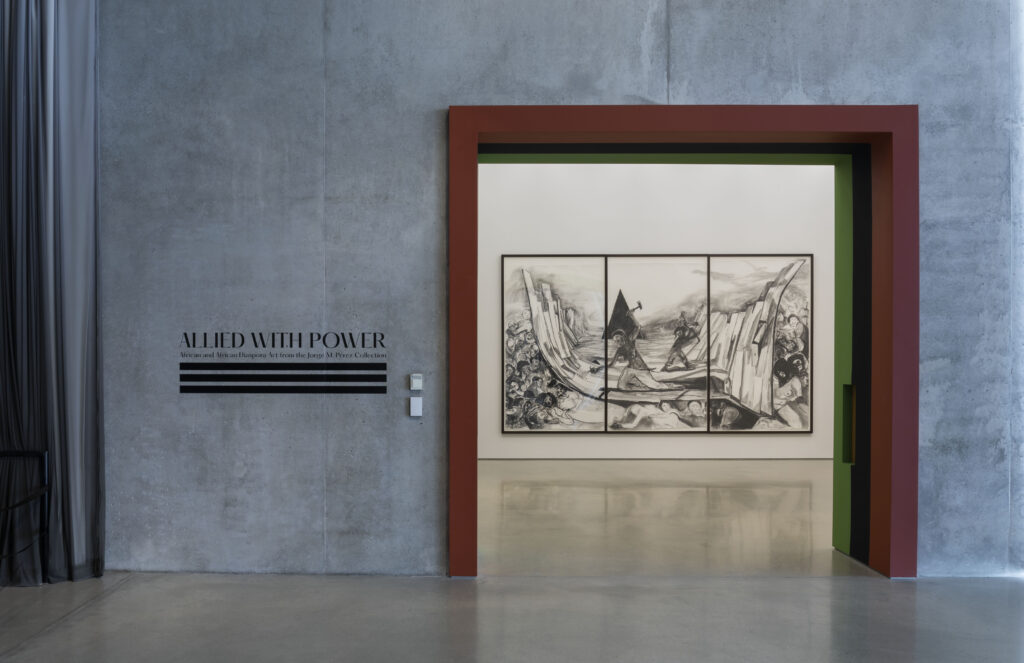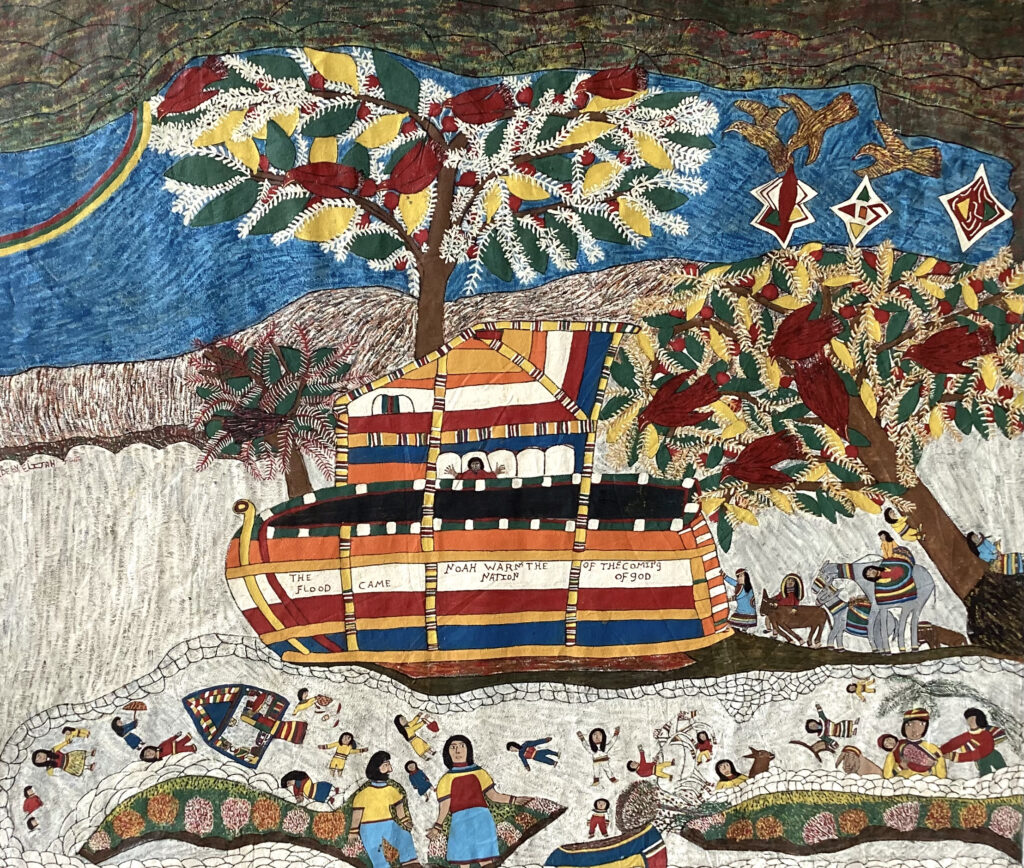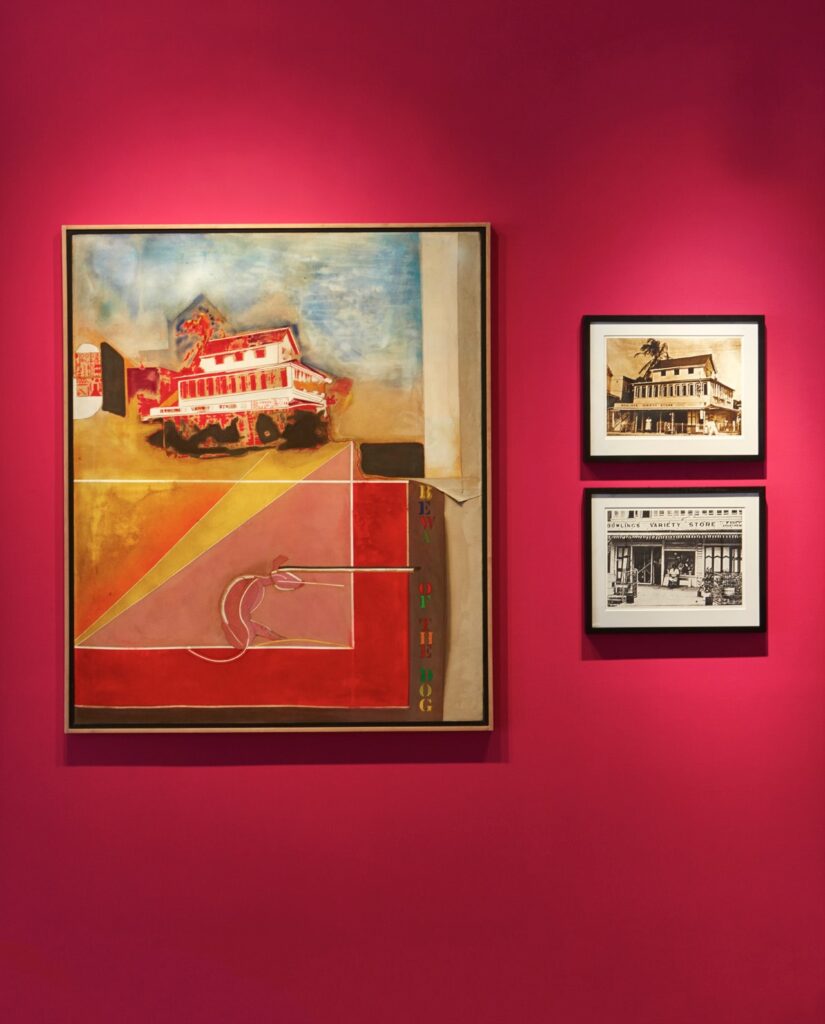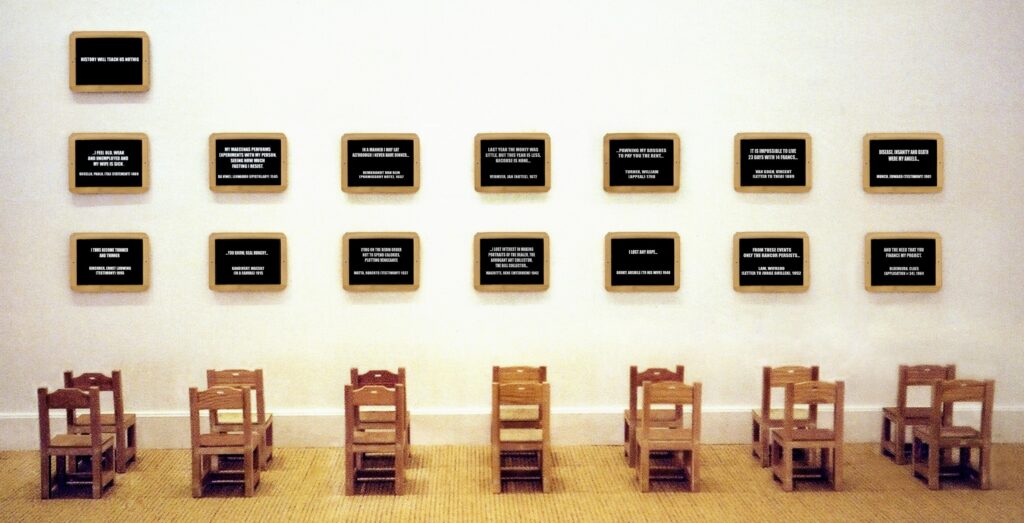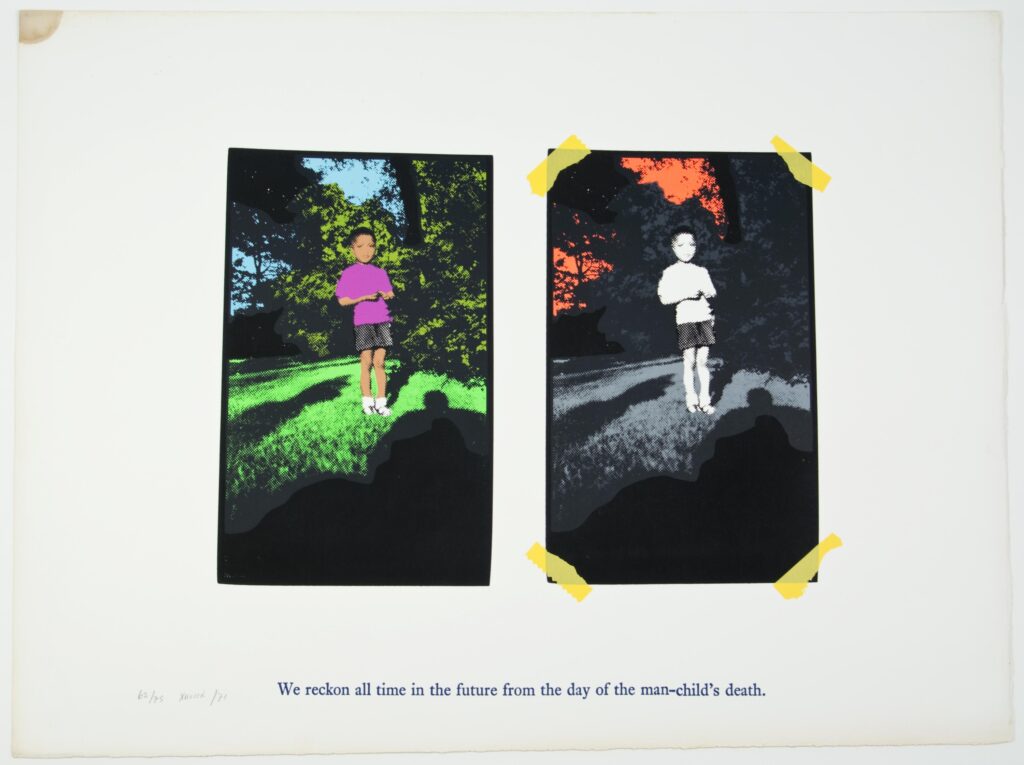Throwing Words: Strategies of Antiheroic Resistance in Contemporary Cuban Art
Jamaican art historian Petrina Dacres examines works by Reynier Leyva Novo and Glexis Novoa from the collection of Pérez Art Museum Miami, analyzing how both artists mobilize heroic iconography to expose and critique the mechanisms of state power. Through close readings, Dacres considers how Novo and Novoa engage political artifacts—monuments, newspapers, and other symbols of authority—to reveal how visual and written language shape narratives of history and governance. Their practices transform the very materials of political discourse into sites of resistance, unsettling the monumental forms through which power asserts itself in Cuba.

